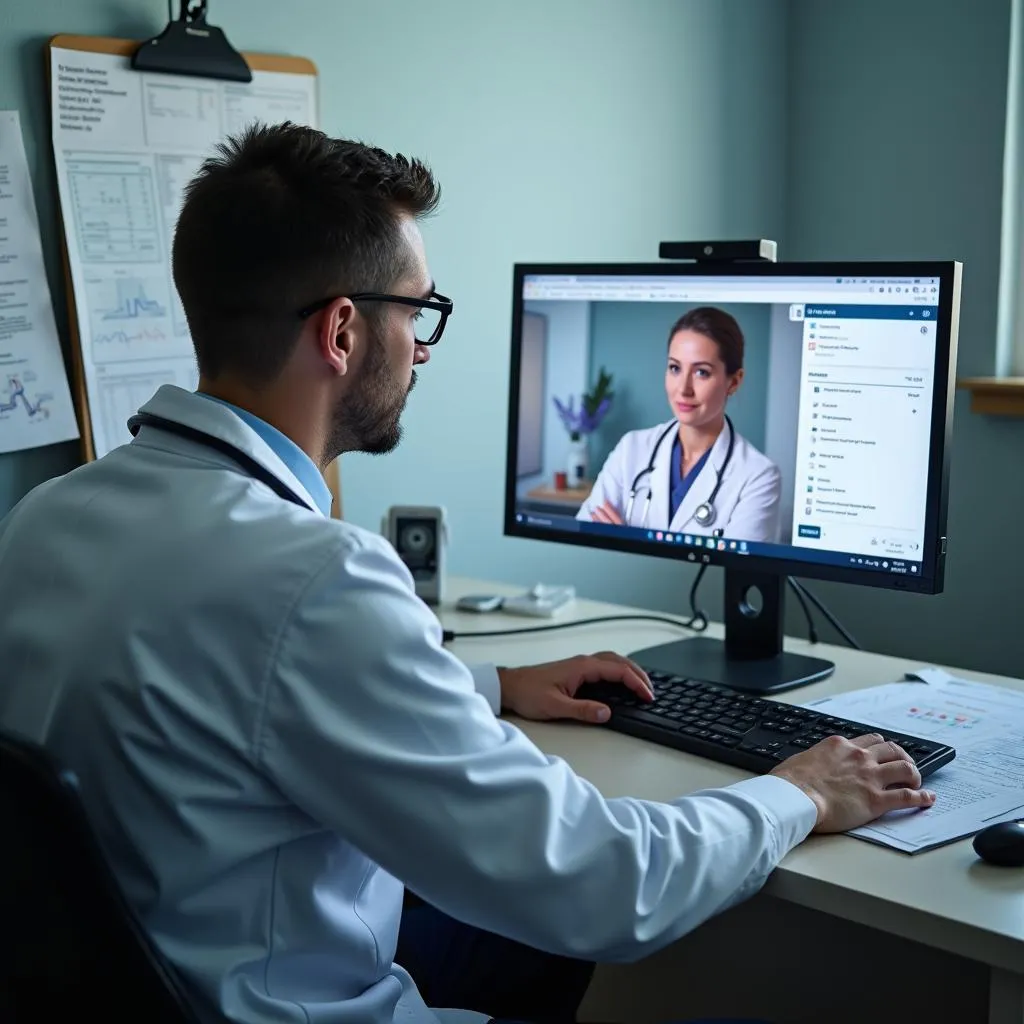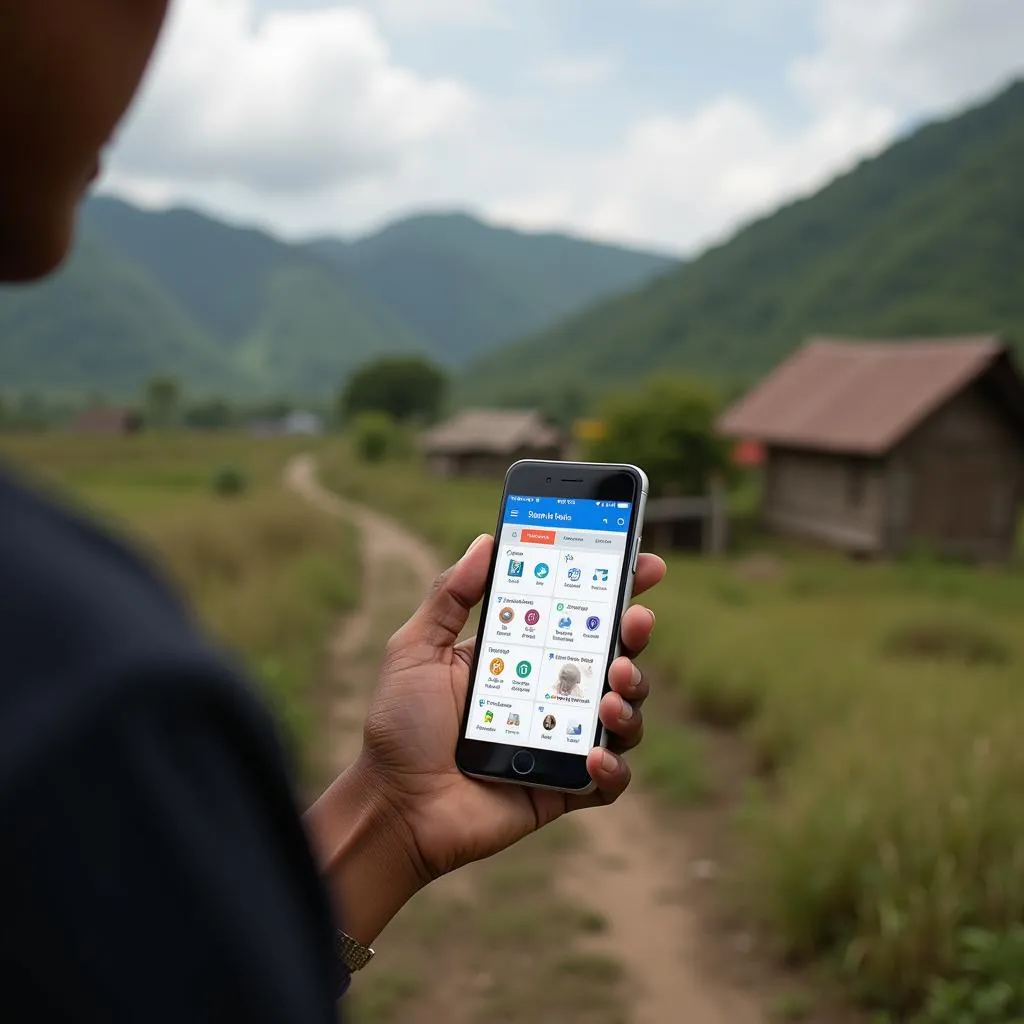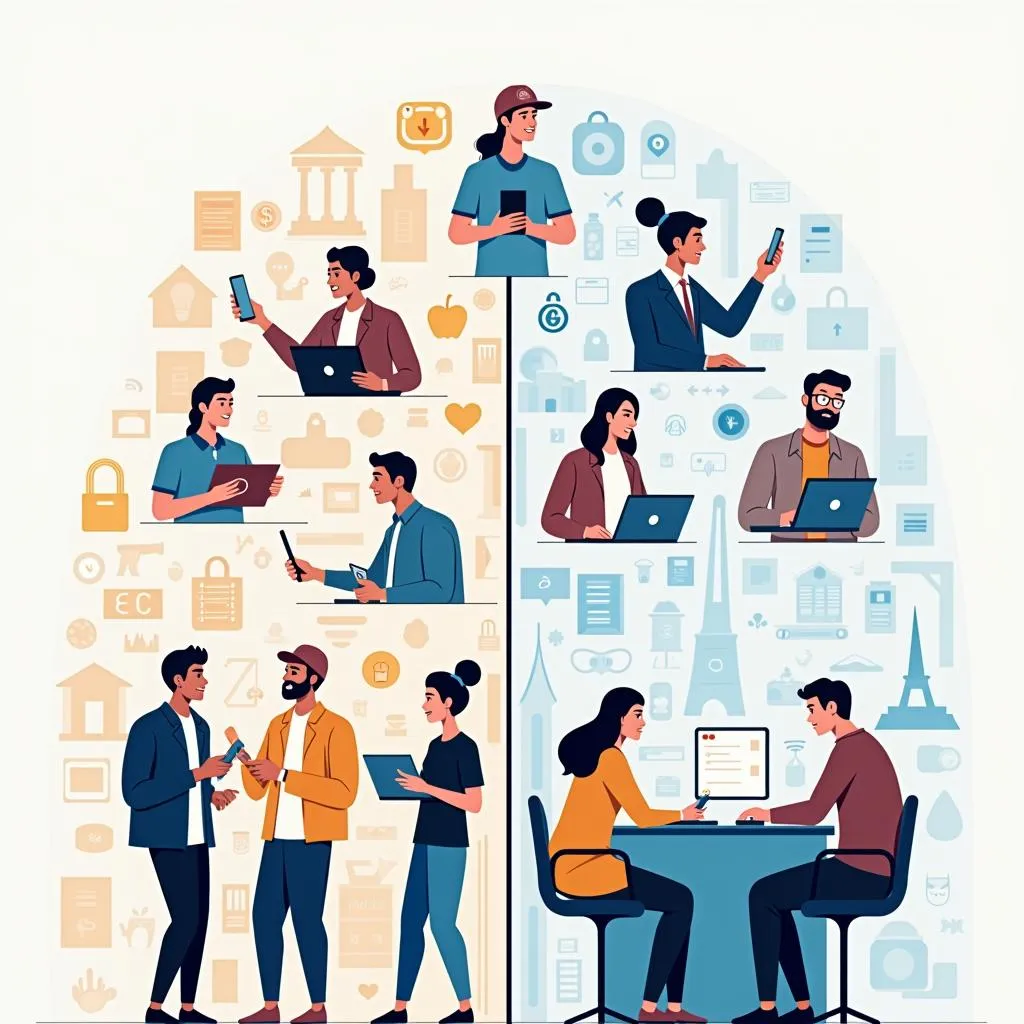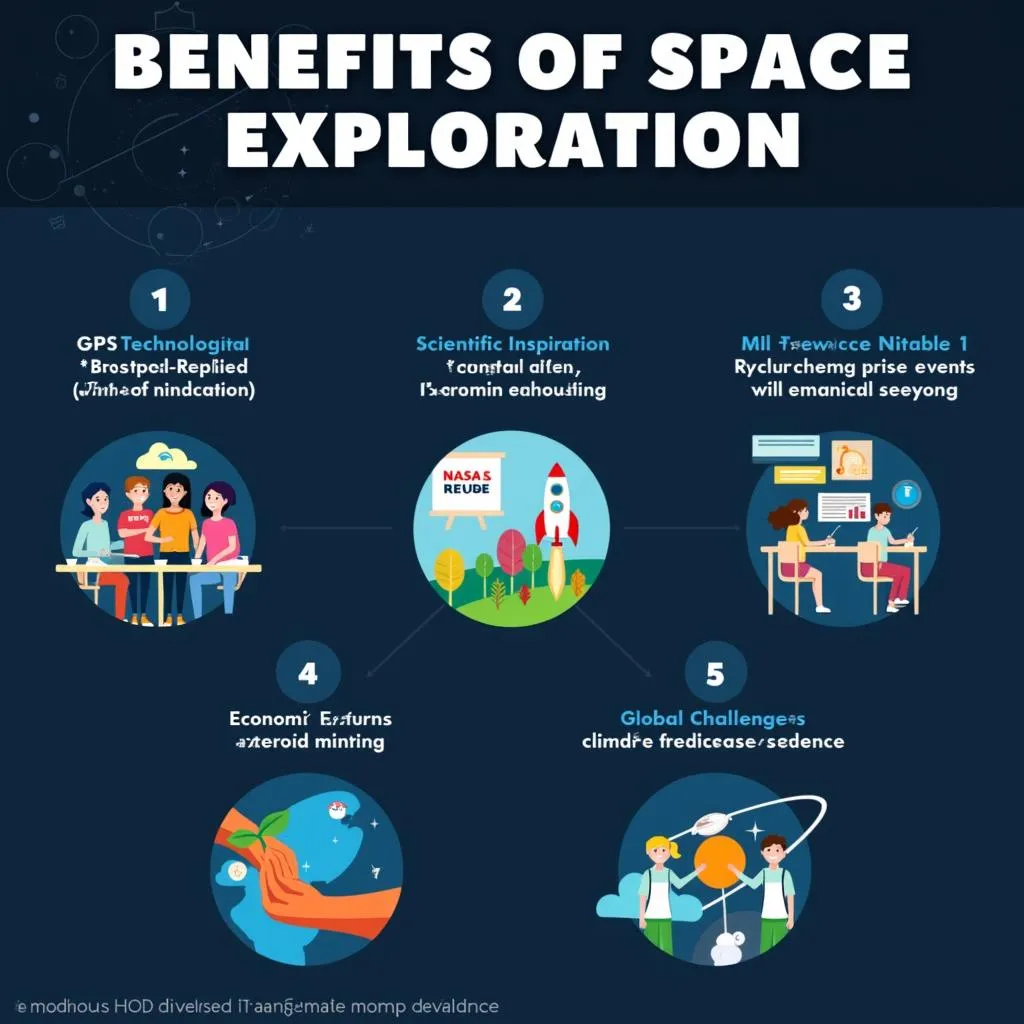Technology’s role in enhancing healthcare accessibility in remote regions has become an increasingly prevalent topic in IELTS Writing Task 2. This theme aligns with global trends in healthcare innovation and is likely to appear more frequently in future exams. Based on recent IELTS trends, we’ve identified a relevant question that examines this issue:
Table Of Contents
Some people believe that technological advancements are making healthcare more accessible in rural and remote areas. To what extent do you agree or disagree with this statement? Give reasons for your answer and include relevant examples from your own knowledge or experience.
Analysis of the Question
This question requires candidates to:
- Understand the concept of technological advancements in healthcare
- Consider the impact of these advancements on healthcare accessibility in rural and remote areas
- Form an opinion on the extent to which they agree or disagree with the statement
- Provide reasons and examples to support their stance
Sample Essay 1 (Band 8-9)
In recent years, technological progress has revolutionized various sectors, including healthcare. I strongly agree with the notion that these advancements are significantly improving healthcare accessibility in rural and remote areas. This essay will explore two key ways in which technology is bridging the healthcare gap between urban and rural regions.
Firstly, telemedicine has emerged as a game-changer in providing healthcare services to remote areas. Through video consultations and remote monitoring devices, patients in isolated locations can now access specialist care without the need for long-distance travel. For instance, in Australia’s outback, the Royal Flying Doctor Service has integrated telemedicine into its operations, allowing doctors to diagnose and treat patients in remote communities via video link. This not only saves time and resources but also ensures that critical medical attention is available even in the most isolated regions.
Secondly, mobile health applications and wearable devices have empowered individuals in rural areas to take charge of their health. These technologies provide real-time health monitoring, medication reminders, and access to medical information, reducing the need for frequent hospital visits. In India, for example, the mHealth program has enabled community health workers in rural areas to use smartphone apps for data collection and patient education, significantly improving preventive care and health outcomes in underserved communities.
However, it is important to acknowledge that the full potential of these technological advancements can only be realized with adequate infrastructure and training. Many remote areas still lack reliable internet connectivity or the necessary equipment to implement these solutions effectively. Additionally, there may be a learning curve for both healthcare providers and patients in adopting these new technologies.
In conclusion, while challenges remain, the impact of technological advancements on healthcare accessibility in rural and remote areas is undeniably positive and far-reaching. As these technologies continue to evolve and become more widespread, they have the potential to significantly reduce healthcare disparities between urban and rural populations, ultimately leading to improved health outcomes for all.
 Telemedicine improving rural healthcare access
Telemedicine improving rural healthcare access
Sample Essay 2 (Band 6-7)
In today’s world, technology is changing many things, including how people get healthcare. I agree that these changes are making it easier for people in rural and remote areas to access medical services. This essay will discuss some ways that technology is helping and some challenges that still exist.
One big way technology is helping is through telemedicine. This means doctors can talk to patients using video calls instead of meeting in person. For example, someone living in a small village can talk to a specialist doctor in a big city without having to travel far. This saves time and money for patients and helps them get care they might not have been able to get before.
Another important technology is mobile health apps. These apps can help people track their health, remind them to take medicine, and give them health information. This is really useful for people who live far from hospitals or clinics. They can learn about health problems and what to do before they get very sick.
However, there are still some problems. Not all rural areas have good internet, which is needed for video calls with doctors. Also, some older people might find it hard to use new technology. Governments and companies need to work on solving these issues to make sure everyone can benefit from these new healthcare technologies.
In conclusion, I believe that technology is making healthcare more accessible in rural areas, but there is still work to be done. As technology keeps improving and more people learn to use it, healthcare in remote areas will likely get even better in the future.
Sample Essay 3 (Band 5-6)
Technology is changing many things in our lives, including healthcare. I think it is true that technology is helping people in rural areas get better healthcare. In this essay, I will talk about how technology is helping and some problems that still exist.
One way technology helps is through video calls with doctors. People in villages can talk to doctors in big cities without traveling. This is good because it saves time and money. For example, my cousin who lives in a small town can now talk to a heart doctor in the city using his phone.
Another helpful thing is health apps on phones. These apps can remind people to take medicine and give health information. This is useful for people who live far from hospitals. They can learn about health and what to do if they feel sick.
But there are still some problems. Some villages don’t have good internet, so people can’t use video calls. Also, some old people find it hard to use new technology. The government needs to help solve these problems.
In conclusion, I think technology is making healthcare better in rural areas, but there are still things to improve. In the future, I believe healthcare in remote areas will get even better as technology improves.
 Mobile health apps enhancing rural healthcare
Mobile health apps enhancing rural healthcare
Explanation of Band Scores
Band 8-9 Essay:
- Task Response: Fully addresses all parts of the task with a clear position, well-developed ideas, and relevant examples.
- Coherence and Cohesion: Logically organized with clear progression throughout. Uses a range of cohesive devices effectively.
- Lexical Resource: Uses a wide range of vocabulary with very natural and sophisticated control of lexical features.
- Grammatical Range and Accuracy: Uses a wide range of structures with full flexibility and accuracy.
Band 6-7 Essay:
- Task Response: Addresses all parts of the task, though some parts may be more fully covered than others.
- Coherence and Cohesion: Arranges information coherently and there is clear overall progression.
- Lexical Resource: Uses an adequate range of vocabulary for the task with some attempts at less common vocabulary.
- Grammatical Range and Accuracy: Uses a mix of simple and complex sentence forms with some errors that do not impede communication.
Band 5-6 Essay:
- Task Response: Addresses the task only partially, with limited development of ideas.
- Coherence and Cohesion: Presents information with some organization but may lack overall progression.
- Lexical Resource: Uses a limited range of vocabulary but this is minimally adequate for the task.
- Grammatical Range and Accuracy: Uses only a limited range of structures with some errors that may impede communication.
Key Vocabulary to Remember
-
Telemedicine (noun) /ˌtelɪˈmedɪsɪn/ – The remote diagnosis and treatment of patients by means of telecommunications technology.
-
Accessibility (noun) /əkˌsesəˈbɪləti/ – The quality of being able to be reached or entered.
-
Remote monitoring (noun phrase) /rɪˈməʊt ˈmɒnɪtərɪŋ/ – The process of tracking patient health data from a distance.
-
Healthcare disparities (noun phrase) /ˈhelθkeə dɪˈspærətiz/ – Differences in health and healthcare between population groups.
-
Infrastructure (noun) /ˈɪnfrəstrʌktʃə(r)/ – The basic physical and organizational structures and facilities needed for the operation of a society or enterprise.
-
Preventive care (noun phrase) /prɪˈventɪv keə(r)/ – Healthcare that focuses on preventing illness and promoting overall health.
-
Wearable devices (noun phrase) /ˈweərəbl dɪˈvaɪsɪz/ – Electronic devices that can be worn on the body, often to track health and fitness data.
-
Health outcomes (noun phrase) /helθ ˈaʊtkʌmz/ – Changes in health that result from specific health care investments or interventions.
In conclusion, the topic of technology improving healthcare access in remote areas is likely to remain relevant in IELTS Writing Task 2. To prepare, practice writing essays on similar themes such as:
- The impact of AI on personalized healthcare solutions
- The role of drones in delivering medical supplies to remote areas
- The effectiveness of mobile health clinics in rural healthcare delivery
We encourage you to practice writing an essay on the given topic and share it in the comments section for feedback and discussion. This active practice is an excellent way to improve your IELTS writing skills and prepare for the exam.


